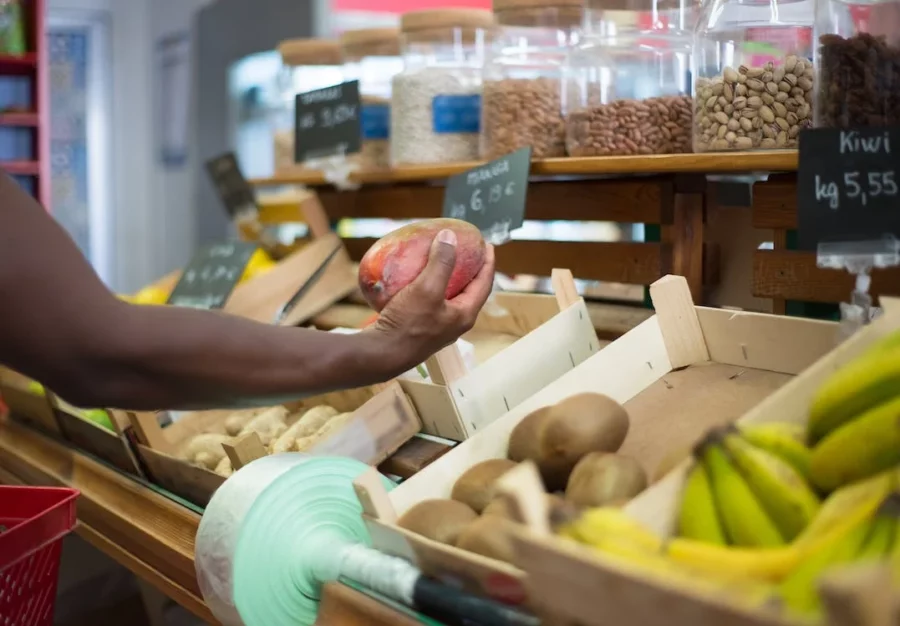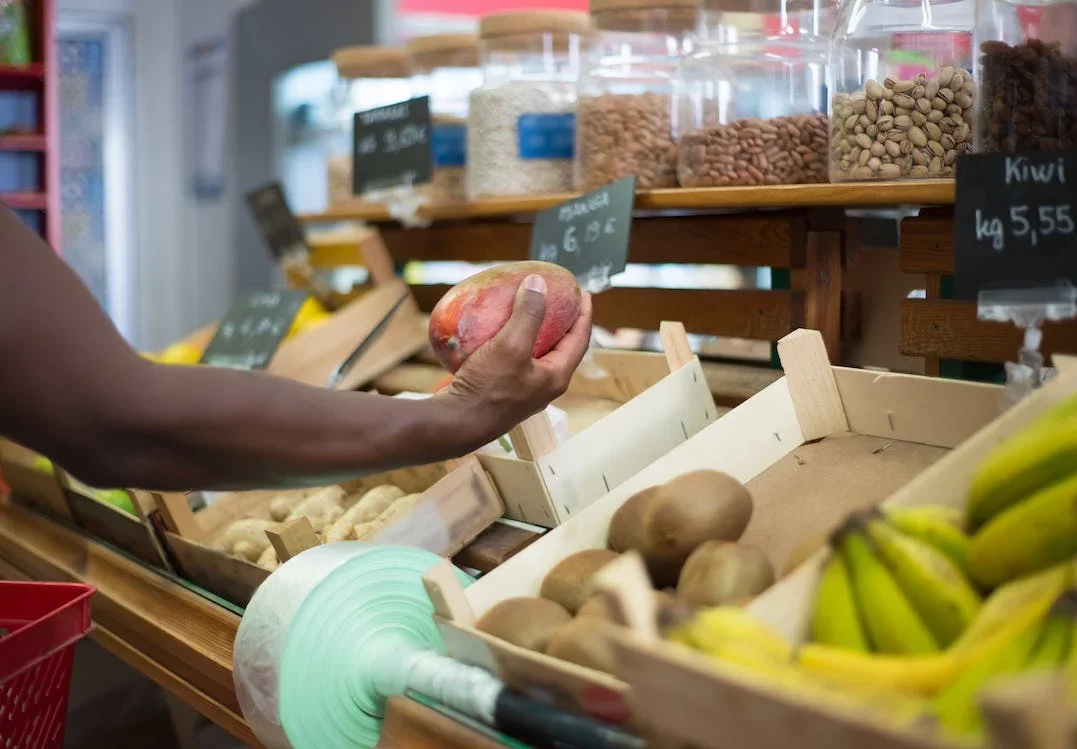
Nine staple food prices have increased by over 20% in 2023
The decrease in fuel prices may only be a small relief but consumers are expected to feed their families despite soaring staple food prices.

Despite a drop in fuel prices providing a bit of relief at the pump, South African consumers are expected to face a lean festive season at the dinner table due to soaring staple food prices.
All grades of petrol will decrease by 65 cents at midnight on Wednesday, which should add a little festive cheer to the year-end holidays. Motorists will pay R22.79 per litre for 93 unleaded petrol, down from R23.44 in November and R23.25 for 95 unleaded, a drop from R23.90.
ALSO READ: SASSA SRD Grant in SA could increase in 2024
With diesel experiencing a notable reduction of R2.35 per litre, it raises questions about whether this will translate to lower prices on grocery shelves, given that previous food price hikes were partly attributed to diesel-price increases.
“Due to the relentless high cost of living, two-thirds of the nation now struggle to put enough food on the table to feed their families,” says Neil Roets, CEO of Debt Rescue.
ALSO READ: UPDATED: Discontinued food brands in SA, and those that made a comeback
STAPLE FOOD PRICES HAVE SKYROCKETED
Food prices continue to escalate at an unsustainable rate, as witnessed by the Pietermaritzburg Economic Justice and Dignity Group. According to its month-on-month report, the average cost of the household food basket has increased by another R17.05 (0.3%), from R5 297.58 in October to R5 314.63 in November.
Prices increased by 5% or more in November for eggs (18%), chicken livers (5%), tomatoes (20%), apples (10%) and oranges (31%).
ALSO READ: Will Nando’s offer matrics free meals like they’re doing in the UK?
The prices of nineteen staple food items (items that families cannot do without) increased by double digits this year, with nine showing increases of over 20%.
These staple foods are:
Potatoes (92%)
Eggs (68%)
Butternut (45%)
Oranges (36%)
Apples (28%)
Tomatoes (27%)
Rice (23%)
Chicken livers (23%)
Bananas (20%)
“It is understandable that the price of eggs has skyrocketed due to the repercussions of the avian flu pandemic, but the fact that authorities in the food industry have not done everything in their power to contain the price of items like potatoes, rice, tomatoes and bananas, is unacceptable,” Roets says.
ALSO READ: Food prices: What is the ‘Shisa Nyama Index’?
According to the Bureau for Food and Agricultural Policy (BFAP), potato prices have shot up because South Africa experienced a 24% reduction in potato volumes due to the impact of load shedding and the ability to irrigate.
MORE THAN HALF OF SA HOUSEHOLDS CAN’T AFFORD A NUTRITIOUS DIET
Roets emphasises the devastating effects of food price increases on the poorest 60% of households, pushing many to resort to credit facilities to meet their monthly grocery bills.
“With already half of their income earmarked for food, these households are exceptionally vulnerable to inflationary pressures. The reality is that food price inflation puts a nutritious diet out of reach for millions of South Africans, he added.”
